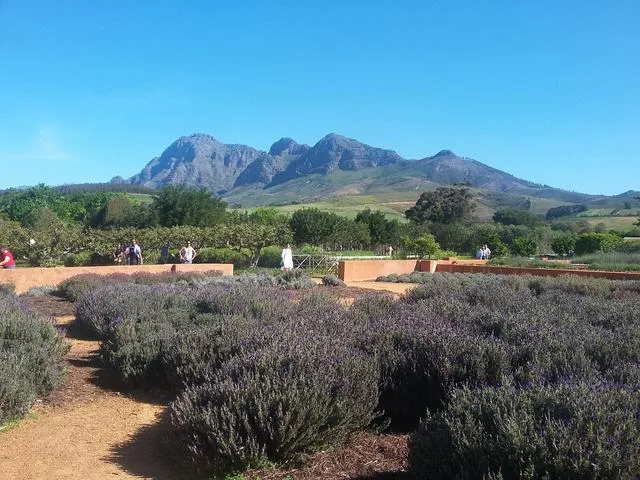
Fruit-picking has been an activity I heard so many times and always wanted to do. If you have read all my articles, you must have memorized the information about the ideal climate in the Western Cape Province. This paved way to not only wine farms but also all the other types of farms.
Basically, there are many farms which you can enter with your basket by paying a small fee and pick as many fruits as you wish. You must be a very boring person not to be intrigued by this.

Babylonstoren is one of the oldest farms in the region, founded in late 17th century. It was inhabitated by nomadic Khoisan people prior to that. Simon van der Stel, the governor of the Cape Colony, granted the area to a burgher called Pieter van der Byl who planted the first vineyards and fruits as well as arranging sufficient water supply. Source

Babylonstoren is about 60 km to the northeast of Cape Town, near the town of Paarl.
The main historic structures were all built according to the Dutch Architecture.
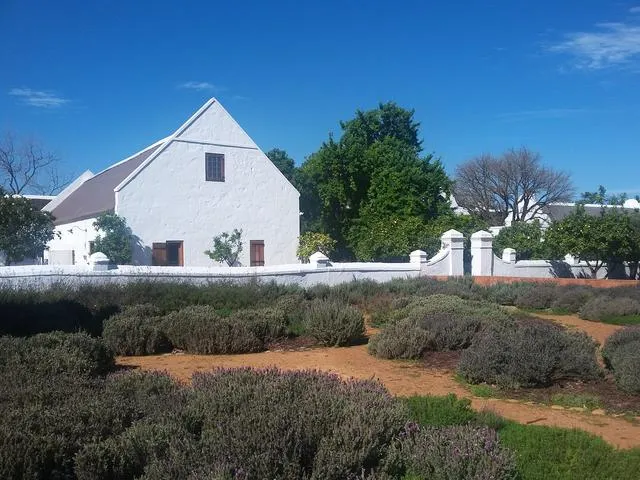
The fruits you can pick will depend on the season. This time of the year, it was full of lemons and guavas most of which were ripe. One of the advantages of this farm was that they were not using insecticides on the fruits. Instead, in order to attract the flies and other insects elsewhere, they built what is called "the bug hotel". This wooden structure consisted of firewoods of different shapes and with different sizes of pores for the flies to nest.
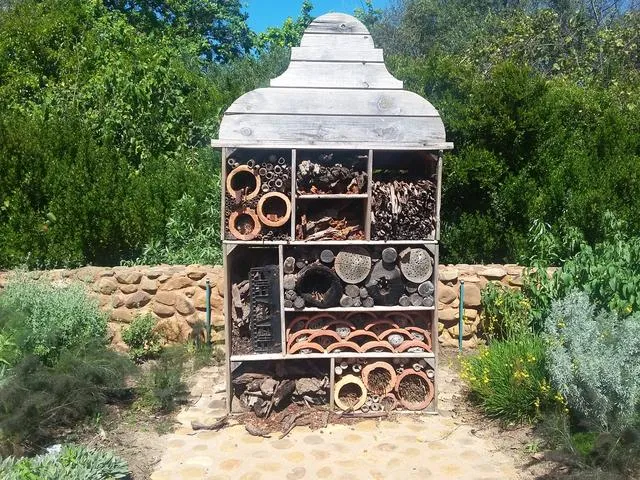
The farm is also full of historic and even prehistoric trees. The one you see below is a cycad species. Cycad is a type of tree which thrived in the age of dinosaurs and still survived to day. Of 300 total cycad species, 37 are found in South Africa. These trees can live for up to hundred years. When you take a quick glimpse at them, they look like the trees from arcade games like Super Mario, and Islander, don't you think?

There is a restaurant and wine tasting opportunity, and obviously everything has been organically produced first-hand from the eggs to honey and wine. We weren't hungry, so we preferred to stroll around the plantations, fruit trees and flowers.
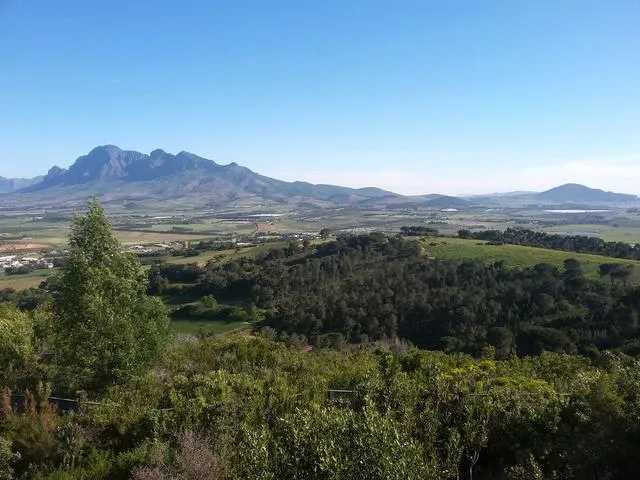
A bonus attraction for you to visit after the picnic: Afrikaans Language Monument that absolutely looks like an Icelandic (or Skandinavian for that matter) church. This monument was officially opened in 1975 to commemorate the declaration of Afrikaans as an official language seperate from Dutch. The monument consists of tapering obeliks structures of different heights and widths. They symbolize fractional contribution of other languages to Afrikaans and the relationship between them.

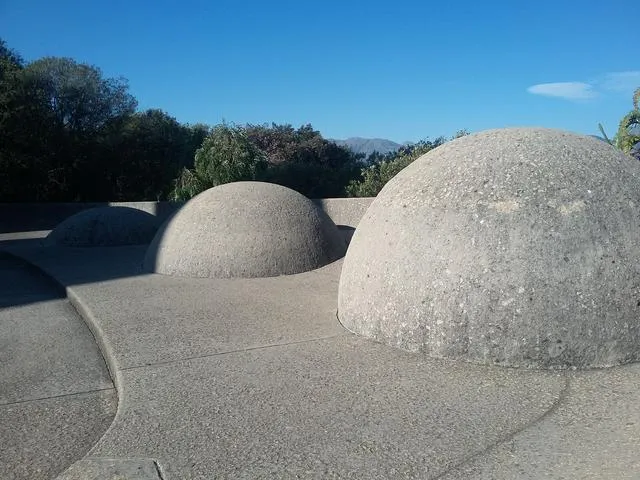
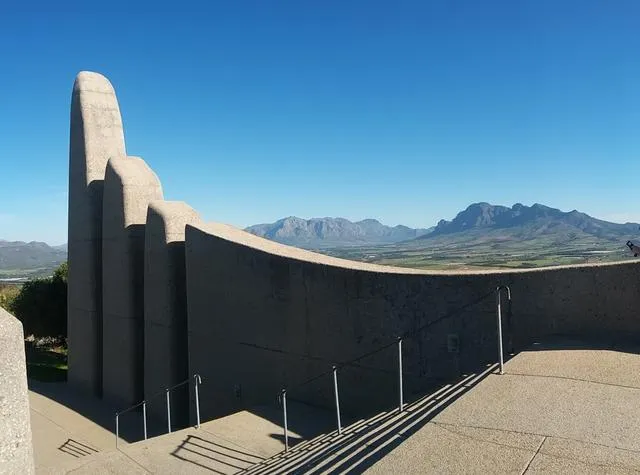
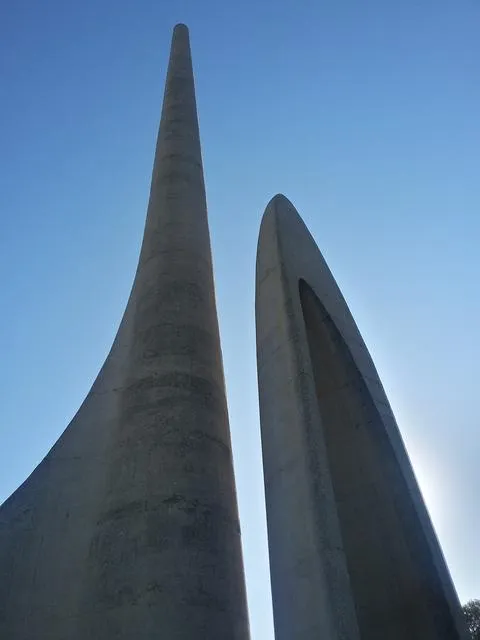
This was overall a very special day full of discoveries, beautiful views and history integrated in nature. I have gratitude towards a lovely special person for taking me to these places and showing me around on that day.
Cheers
Harita Kurdu